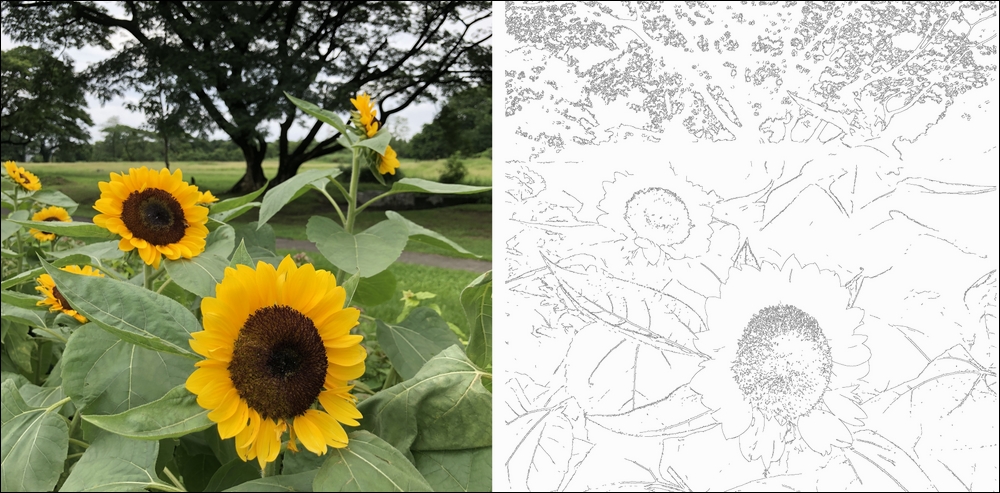
Figure 7.1.1: Example of aligned image pair: left, original image and right, transformed image using a Canny edge detector. Original photos were taken by the author.
Translating an image from one domain to another is a common task in computer vision, computer graphics, and image processing. The preceding figure shows edge detection which is a common image translation task. In this example, we can consider the real photo (left) as an image in the source domain and the edge detected photo (right) as a sample in the target domain. There are many other cross-domain translation procedures that have practical applications such as:
Satellite image to map
Face image to emoji, caricature or anime
Body image to the avatar
Colorization of grayscale photos
Medical scan to a real photo
Real photo to an artist's painting
There are many more examples of this in different fields. In computer vision and image processing, for example, we can perform the translation by inventing an algorithm...



